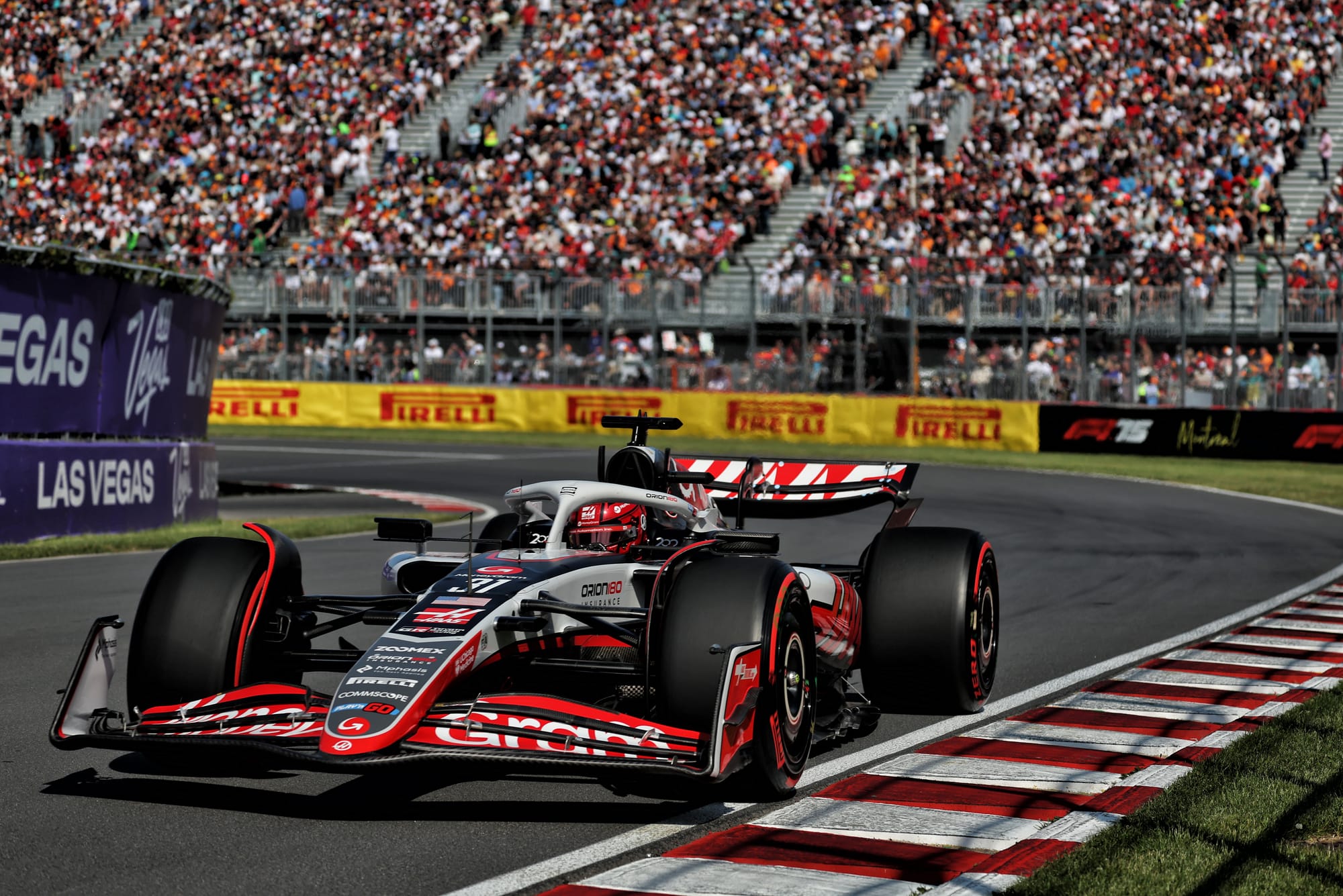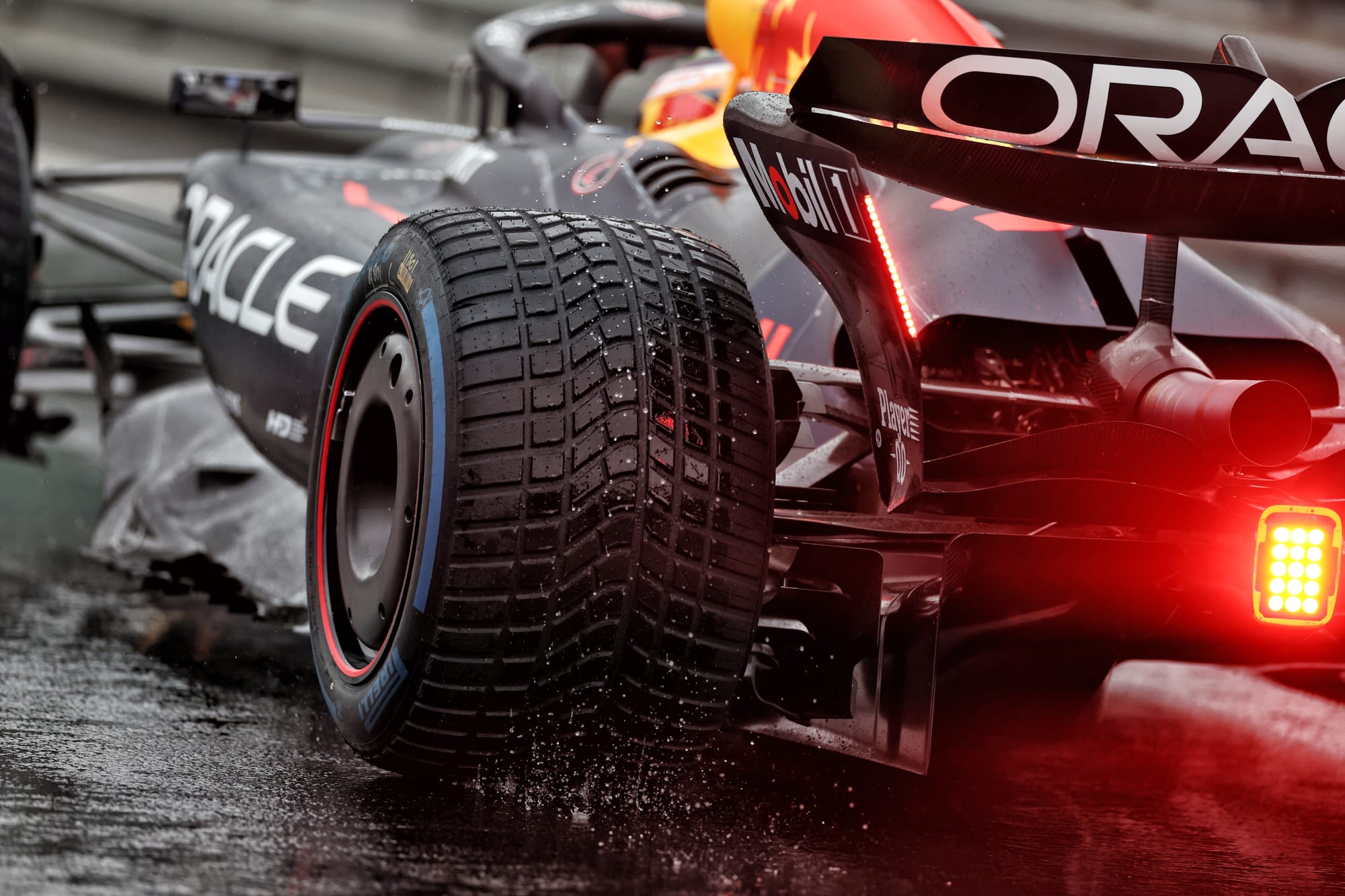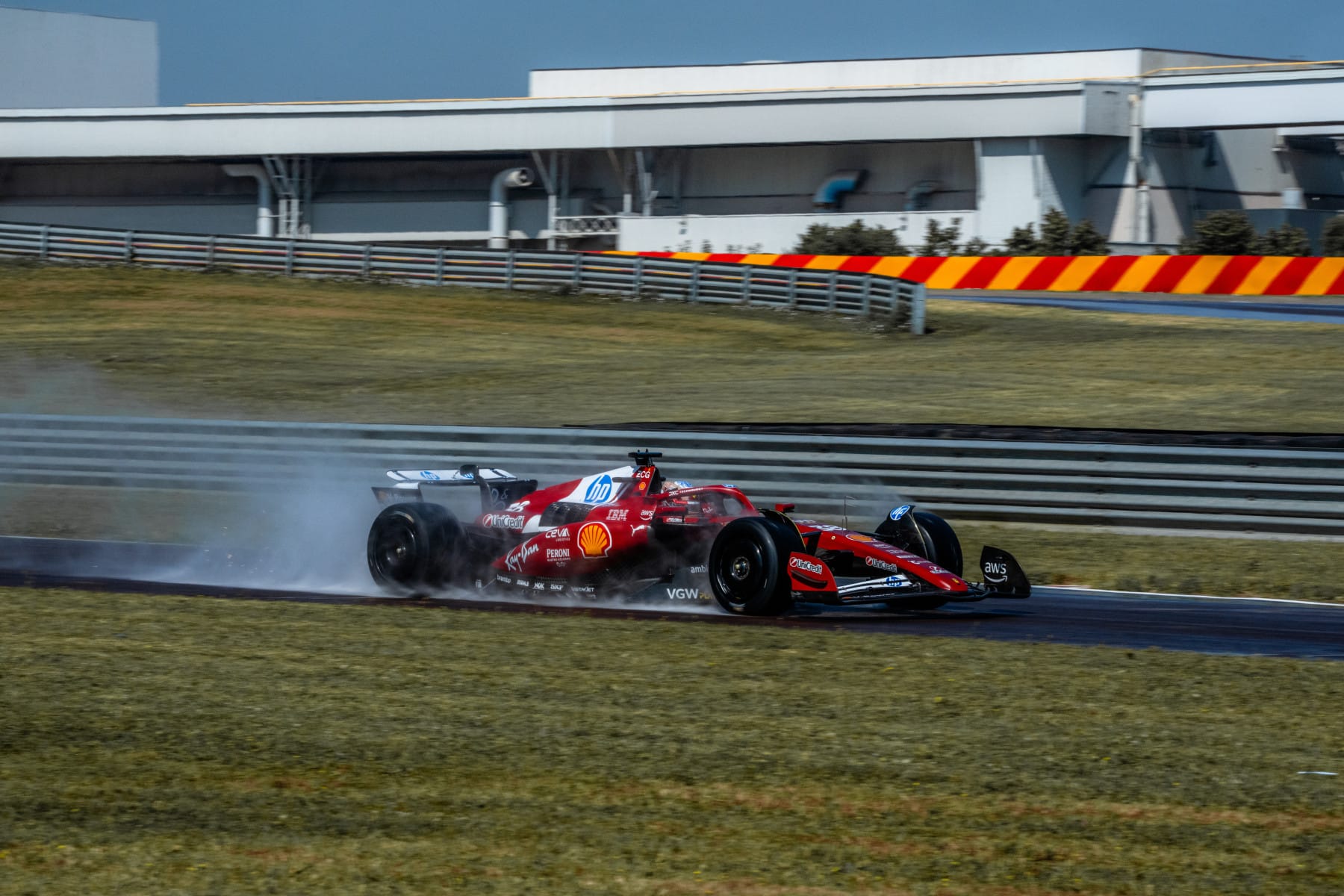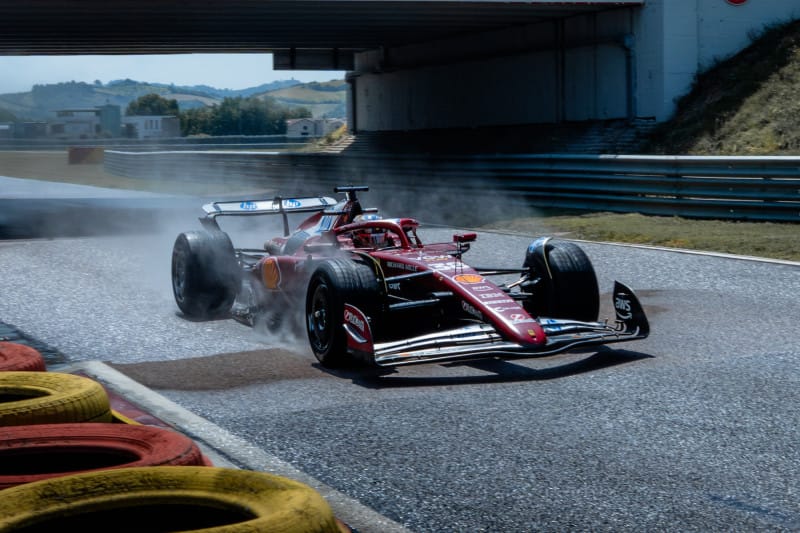It is well known that Formula 1’s push for lighter and smaller cars next year has triggered a move by Pirelli to introduce narrower tyres.
The plan is for the fronts to be reduced in width by 25mm compared to the current rubber, with the rears 30mm narrower.
It is anticipated that this will make a front slick 300 grammes lighter and a rear 500 grammes less – thus contributing 1.6kg in total to the overall weight reduction.
But beyond the physical changes to the construction, F1 tyre supplier Pirelli has now also revealed that it is pursuing two other changes that will impact race weekends in 2026 – one involving its softest C6 compound and the other relating to wet tyres.
A more aggressive C6

Pirelli introduced this season a new softer tyre into its range – the C6.
It was originally designed to be used only at low-energy street circuits like Monaco. However, as part of an effort to spice up the racing amid concerns that tyre selections were making one-stops too easy, it has appeared at more venues than originally anticipated.
It made its debut at the Emilia Romagna Grand Prix and, after also having an outing in Monaco, it reappeared at the recent Canadian GP.
One of the most intriguing aspects about the C6 is that teams have found it difficult to extract the best pace from it over a qualifying lap, and there are drivers who have preferred to use a harder C5 compound to chase grid positions.
This has helped deliver both exciting qualifying sessions and races, because there are strategy implications that have come from teams needing to pick how many sets they keep for Sundays.
But while Pirelli says it is satisfied with what the C6 has done this year, it wants to make the compound even more aggressive in 2026 so it becomes a more nailed on choice for qualifying.
Pirelli motorsport director Mario Isola explained: “I would say that the compound is doing its job, because we had, especially in Canada, a very good qualifying because the C6 [performance] is very close to the C5.
“But it's different in terms of behaviour, so teams struggle to understand completely the C6, while they know much better the C5. The C5 is giving more confidence to the driver, but the performance of the C6 is slightly better.
“What I would like for the future is a C6 with a bigger [lap time] gap to the C5. Now it's around two tenths of a second and we need to have at least half a second.
“So we want it even more aggressive but with a level of degradation that is similar to what we have now, to help generate different strategies for next year. We are working on a C6 with this target.”
A less extreme wet

One of the biggest challenges that Pirelli has faced with the current rules set is in pitching the right performance window for its wet tyres.
F1’s rules dictate that there are two types of tyres that must be available for rainy conditions (an intermediate and an extreme wet), which in theory should cover the full range of bad weather that F1 can experience.
However, recent history has shown that teams typically steer clear of the extreme because, by the time it is called into action, the spray being thrown up by the cars is so bad that sessions are normally stopped anyway.
This is something that Pirelli wants to address with the rules revamp for 2026, so its aim is to make an extreme wet tyre that is used for racing and not just something that teams are forced to use behind a safety car.

Following the most recent wet tyre test that took place last week with Ferrari at an artificially soaked Fiorano, Isola said the plan was to reduce the crossover point for when the extreme becomes a more desirable choice.
Speaking about the progress with the wet tyres, Isola said: “I believe we are now in quite a good situation.
“The intermediate tyre was already more or less defined, and we now have to validate some new solutions of the extreme wet in trying to have the crossover in a different position compared to now.
“We want to make the extreme wet tyre more usable, not just behind the safety car, but so that it is a proper race tyre.
“We know that the issue in the extreme wet is visibility anyway, so we are not going to fix this issue, but we are trying to have a crossover that, compared to what is now at 118%, is something that is 115-116%.”



